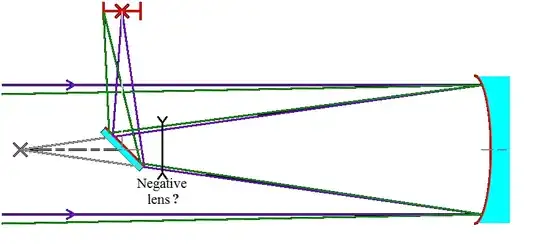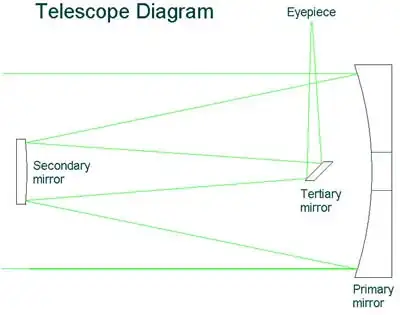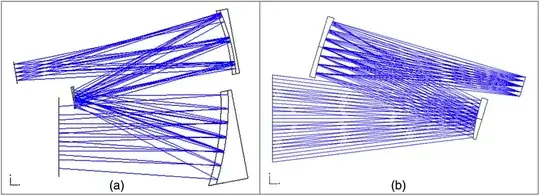A Cassegrain reflecting telescope contains a negative optical element between the main mirror and its focus. This increases it's focal length.

Is there a reflecting telescope like as a Newtonian telescope but with the negative lens before the diagonal mirror?

This question is not about a Barlow lens.




